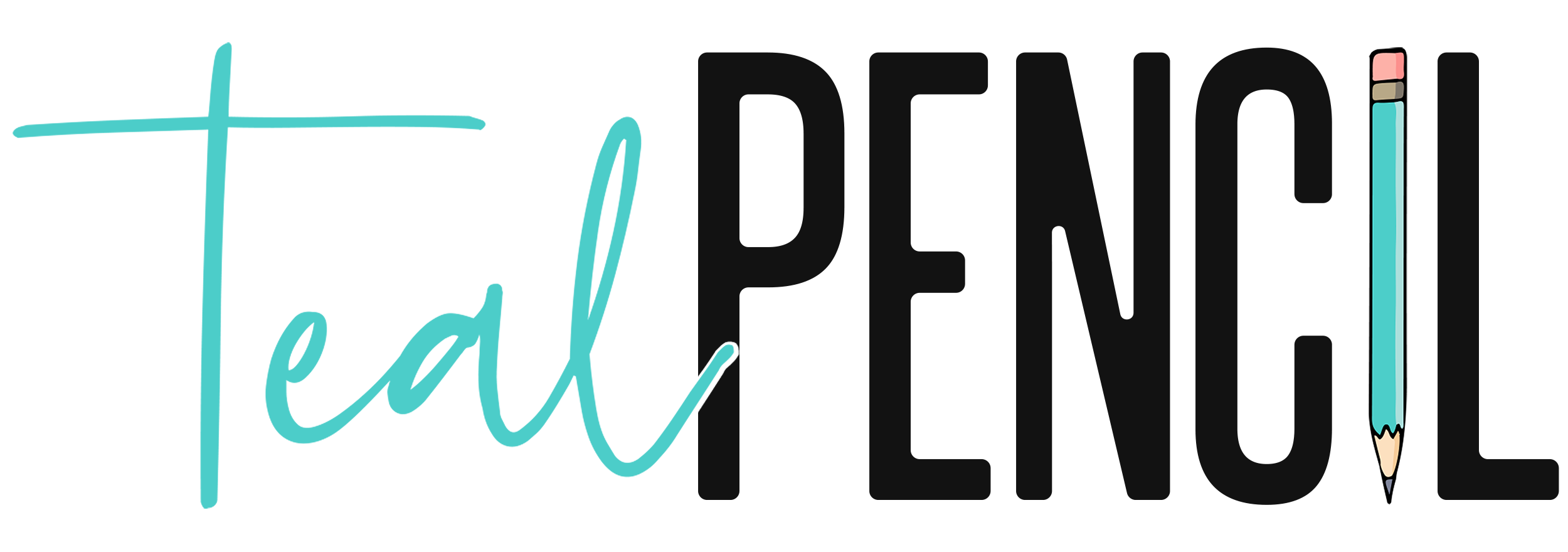This week my school has been hosting a learning consortium and I got a chance to talk to other educators about how I “flip” and blend in my classroom. I shared three main ways I use videos and QR codes to duplicate myself, thus helping make learning more individualized and allowing students to self-pace. The three ideas I shared were:
- Recording videos of yourself demonstrating how to participate in centers. This saves a lot of time. I find that in my own classroom I spend more time explaining how to do a center than the kids actually spend doing it. Watching a video demonstration allows them to go at their own pace, rewinding when they need clarification. As you can see below, after I make a demonstration video I turn it into a QR code and tape it to the front of the designated center envelope (the envelope contains all the materials for the center, and I always make sure the center directions are glued directly to the front or back of the envelope before I laminate it). You can use this to differentiate by allowing some kids to scan in and watch the demonstration video, while having others who show strength in following directions rely on/follow the written directions.
- Flipping “lecture-style” lessons where you are delivering straight-forward information. For example, each year we teach the second graders to label all the countries of South America on the map. This takes a long time because some kids write more quickly than others, some kids have a hard time catching the spelling of the countries, etc. And, let’s be honest, this probably isn’t the most captivating information in general. So I flipped this lesson and let them watch a video of me labeling the countries using quirks and memory tricks to show how to remember where the countries are (Paraguay looks like a parachute, and Uruguay is under Paraguay). Memory tricks such as these might derail a whole-group lesson due to the silliness of the tricks. But individually kids were super engaged and remembered the information well. Not to mention, kids could work at their own pace and rewind to review.
- Delivering a “sneak peek” of the next day’s lessons. I record short mini-lessons that introduce concepts that I will cover in class the next day. Through pre-assessments and class observations, I know pretty well who will need extra exposure to the material. I include these “sneak peeks” on the weekly homework calendar for certain students who would benefit from the early exposure. This way, the kids who might have a hard time grasping information in an introductory whole-group setting will come in feeling comfortable with the material. These homework calendars do not go home with every kid, just the kids needing the sneak peek.

